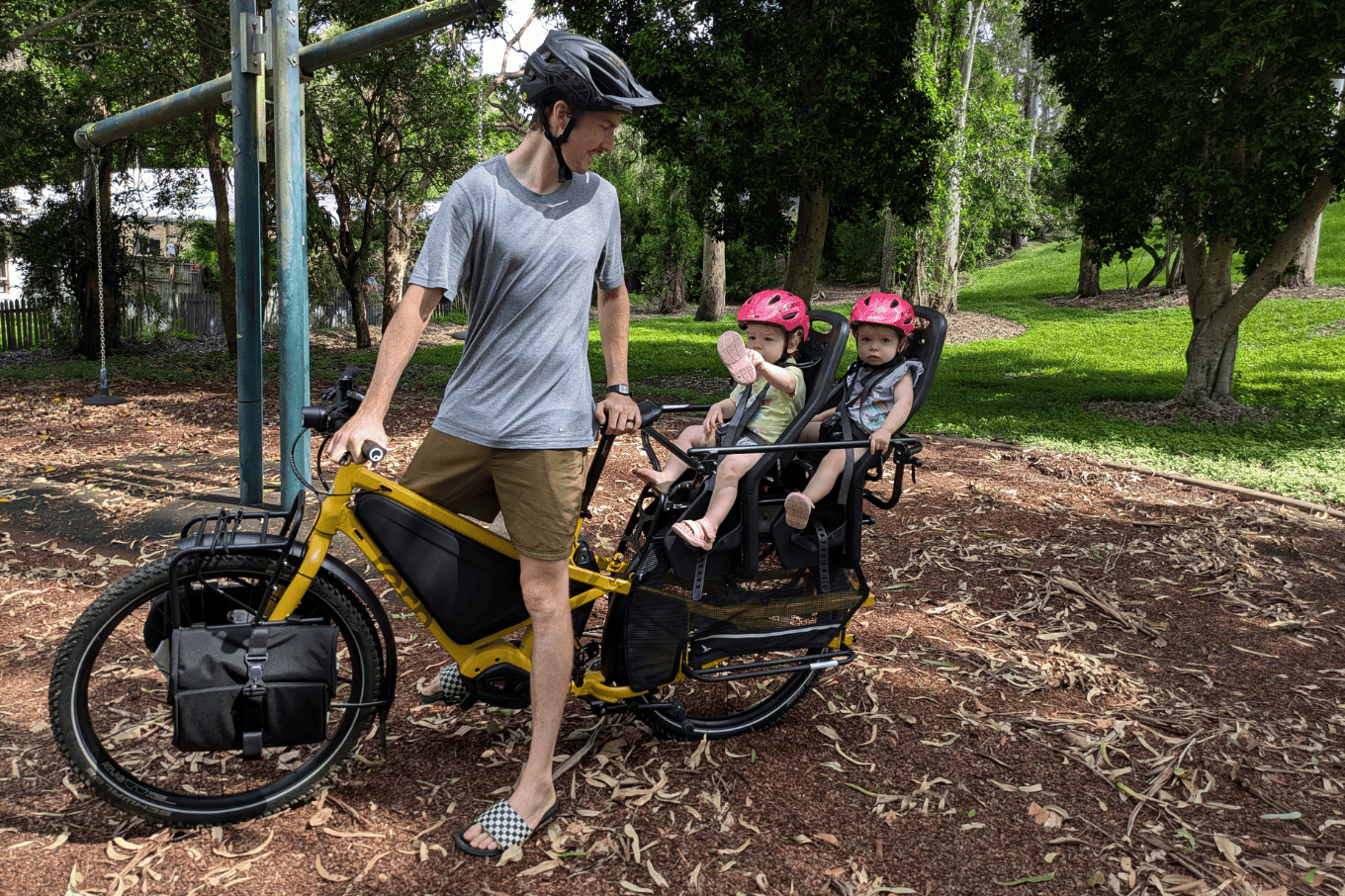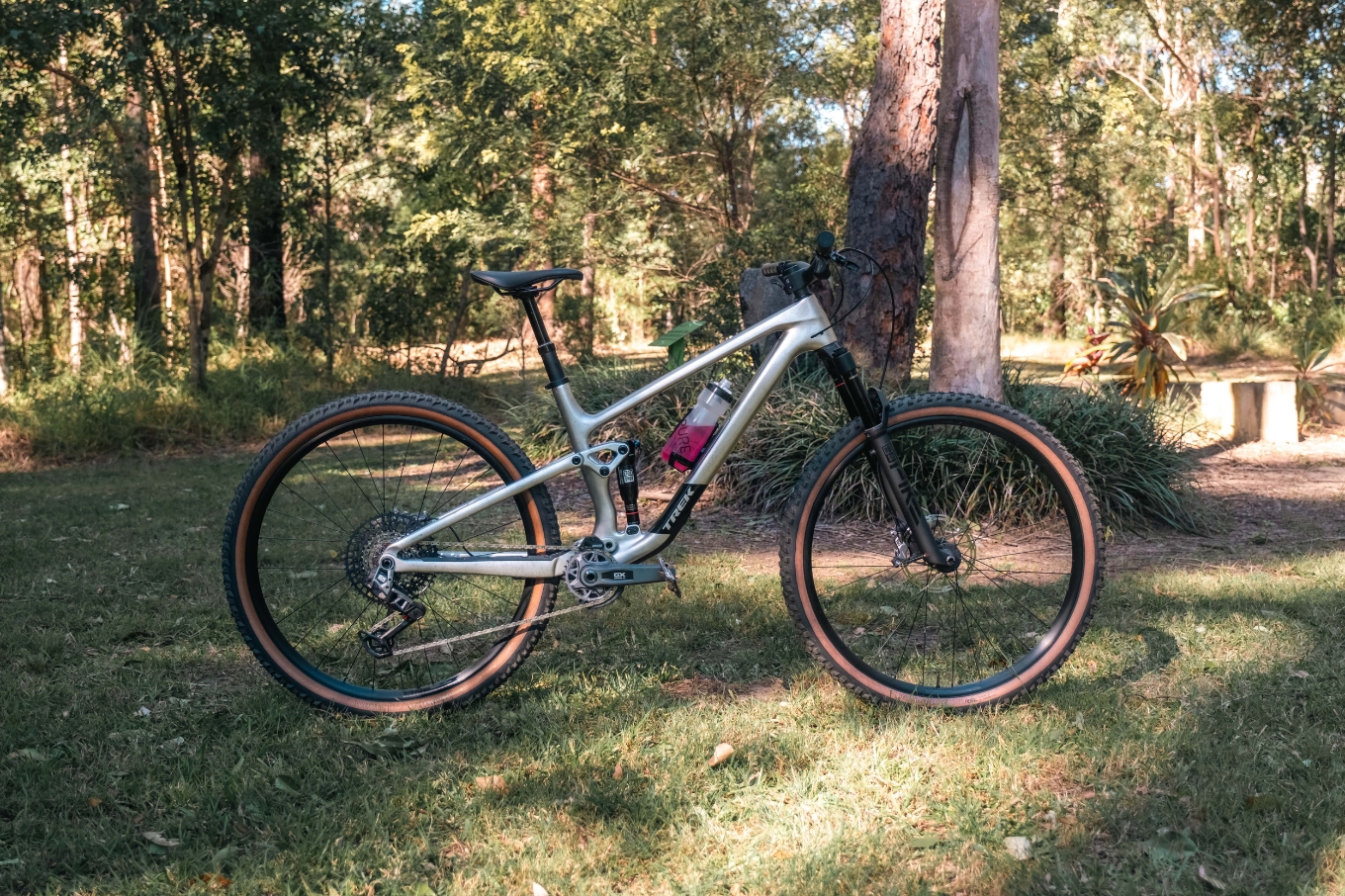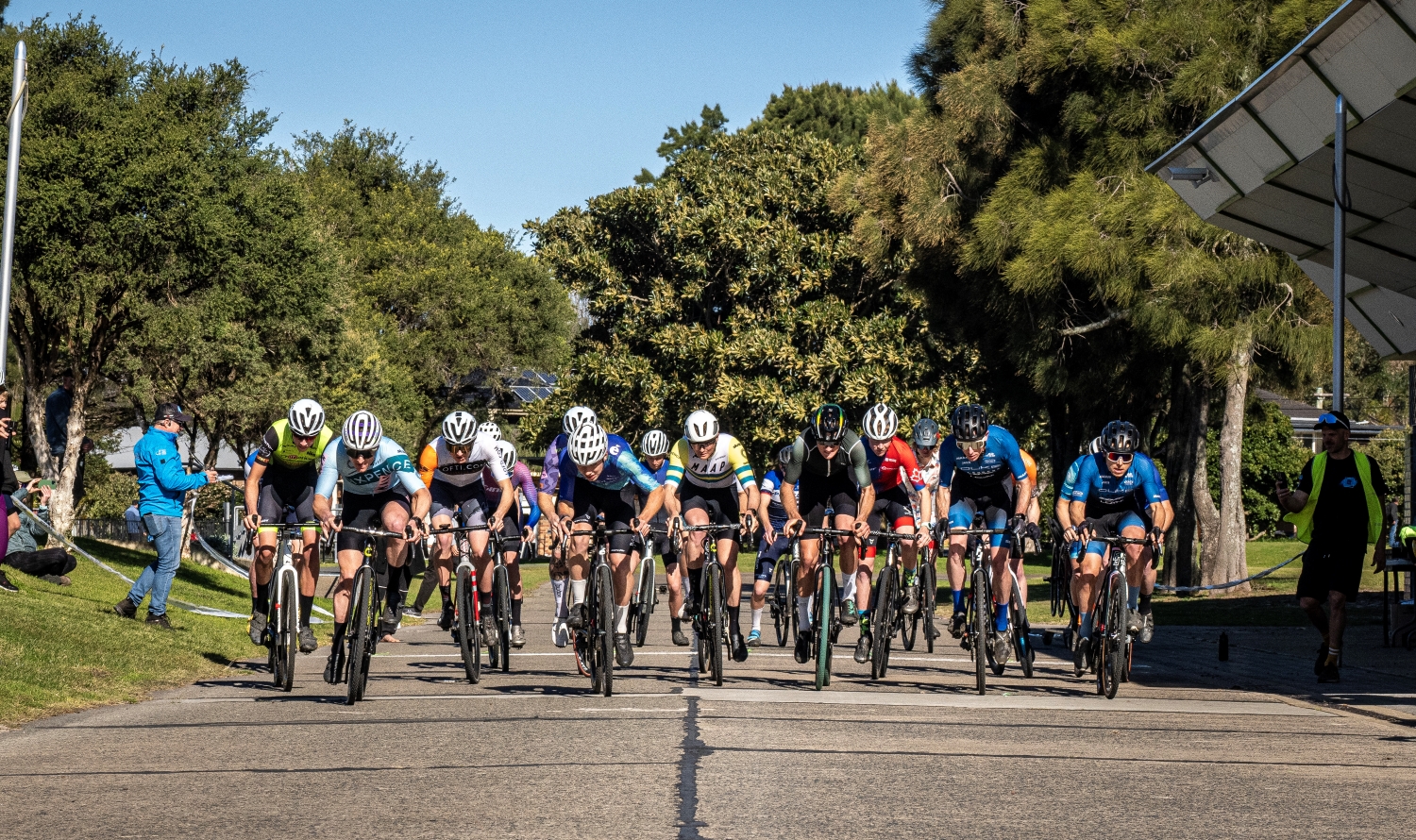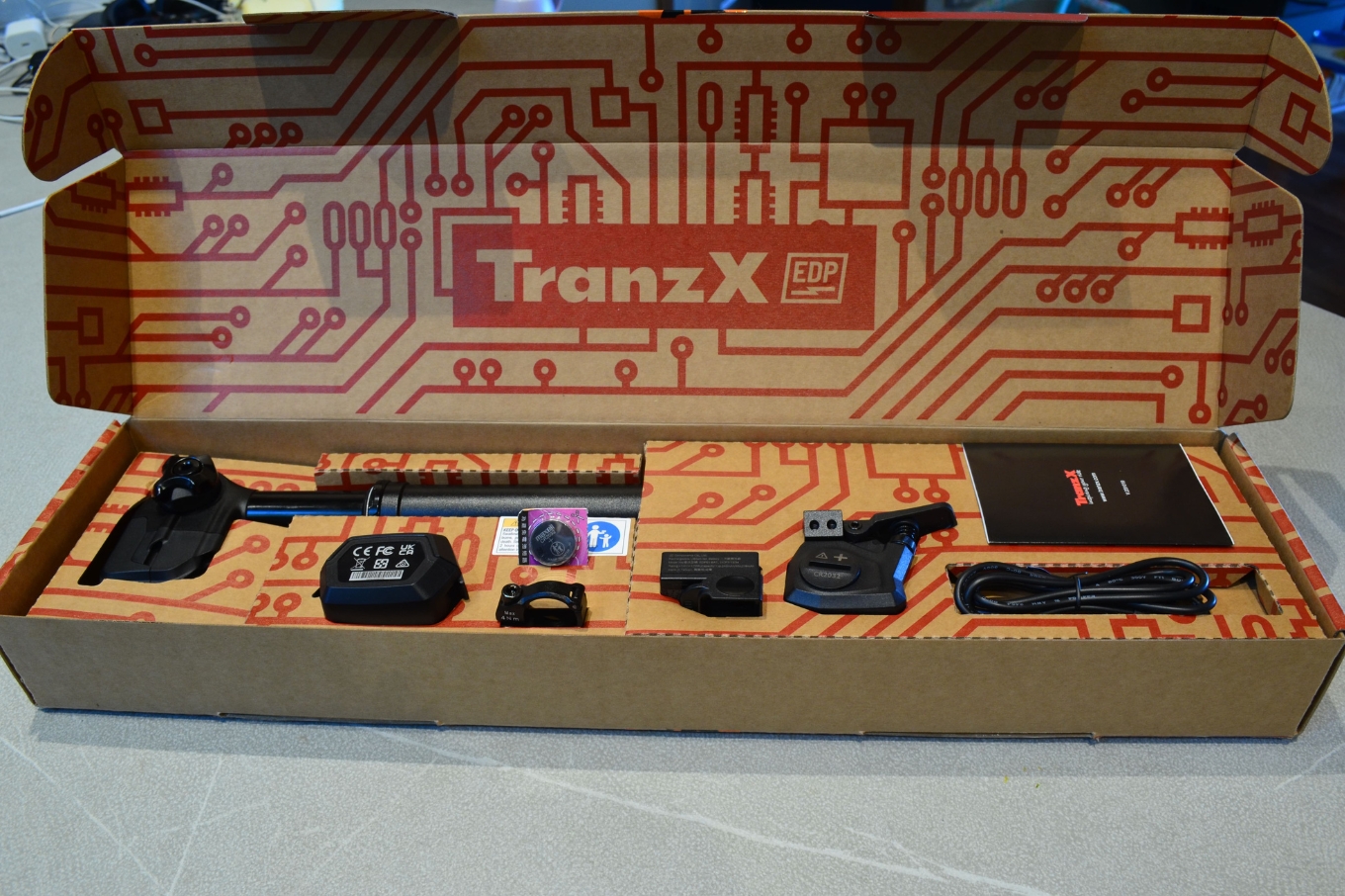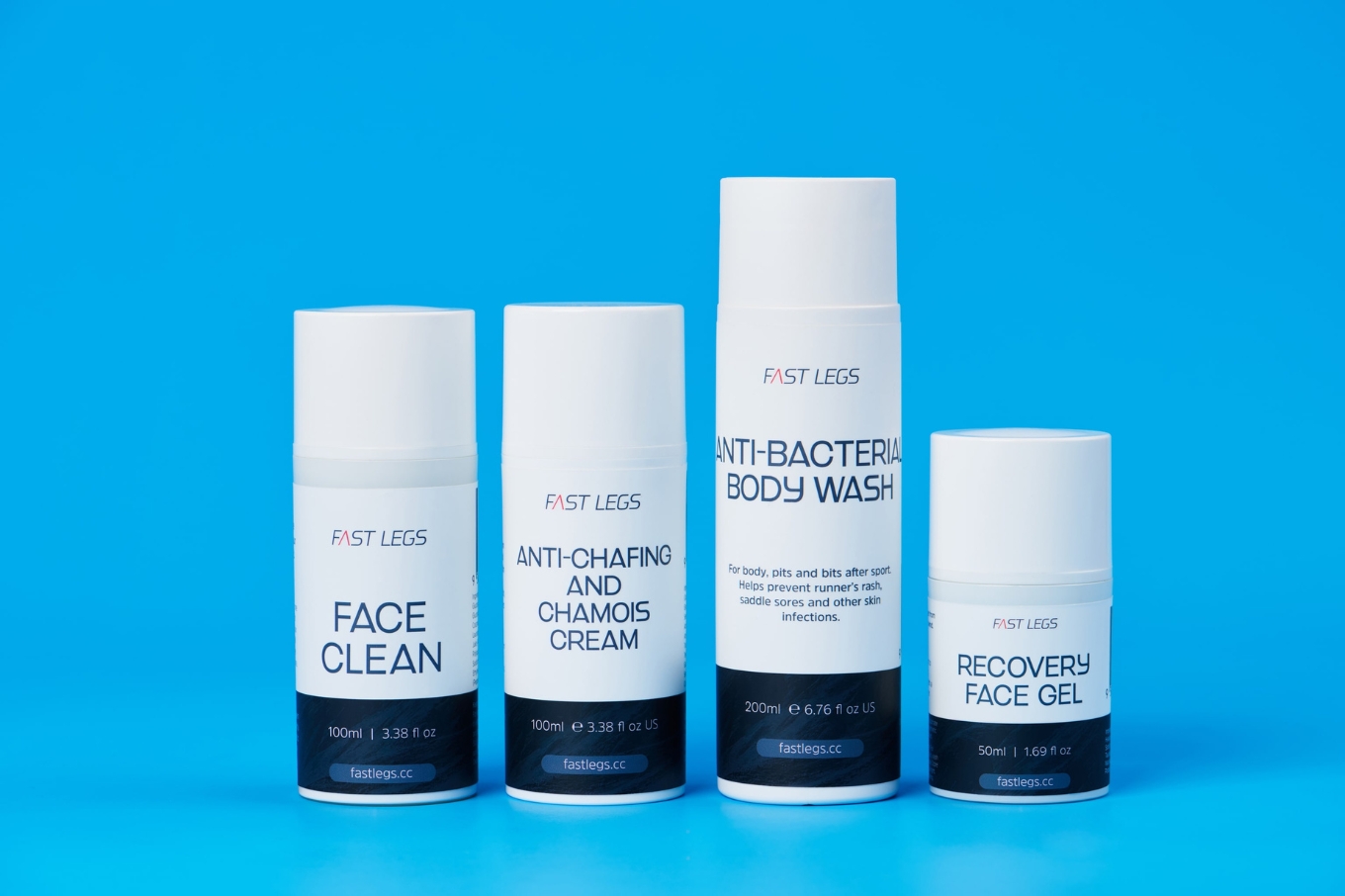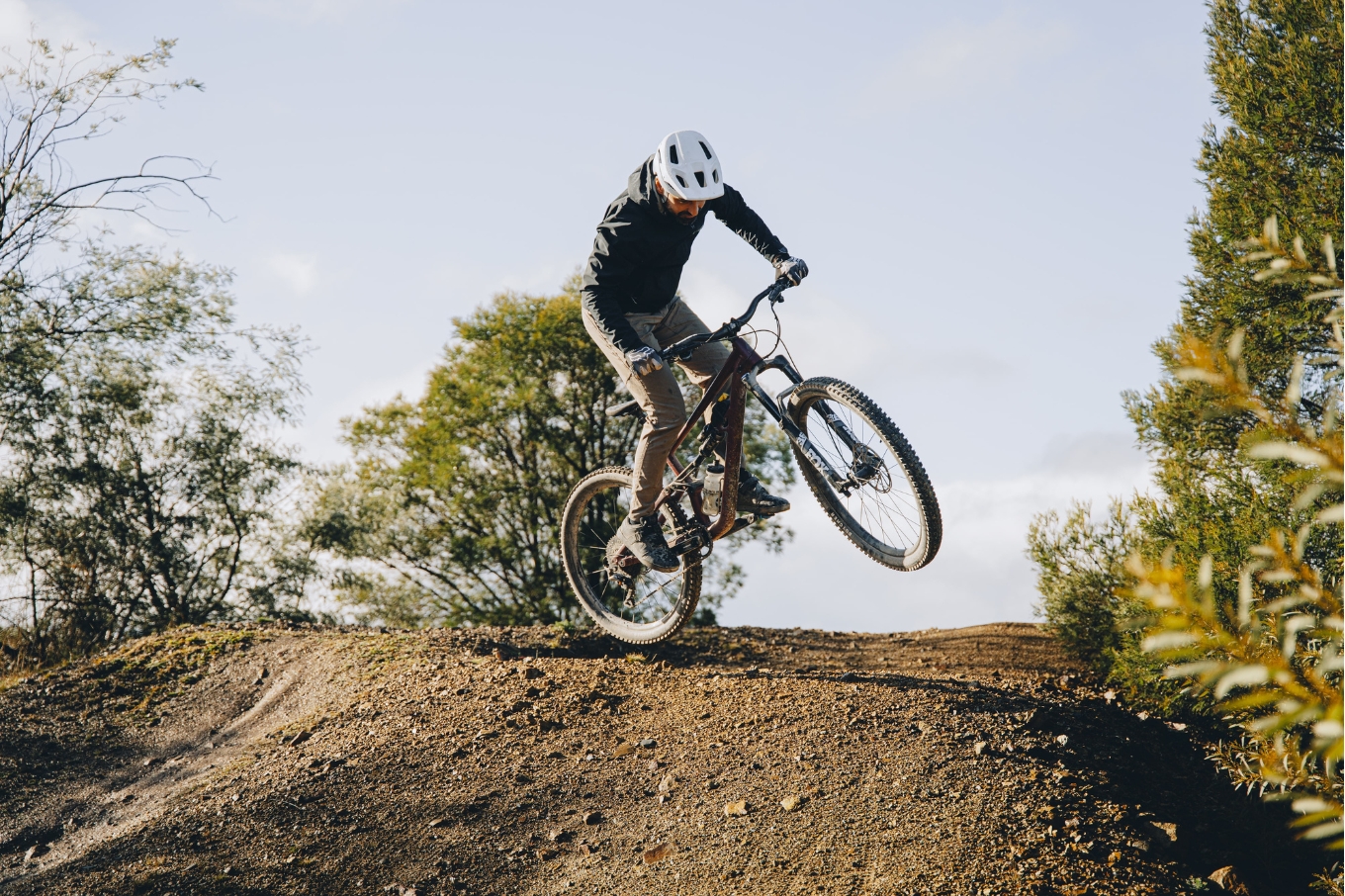Get FAT this winter!
Everything you ever wanted to know about riding a fat bike
Words: Dan Slater Photos: Norco bicycles, Zoon Cronje and Ben Stevens
I’m out of control. You know the feeling – a momentary loss of focus, a slight misjudgement, an overcorrection of the handlebars and you’re falling. Eyes closed; brace for impact. WHUMP! Instead of the expected hard pain dulled by adrenaline, the contact is nicely gentle, if a little cold. That’s because either side of the trail are foot-deep snow banks, a powdery cushion in which my bike and my body are now half buried. My face and helmet look like they’ve been dipped in coconut frosting but I can’t stop laughing at the incongruity and painlessness of my fall.
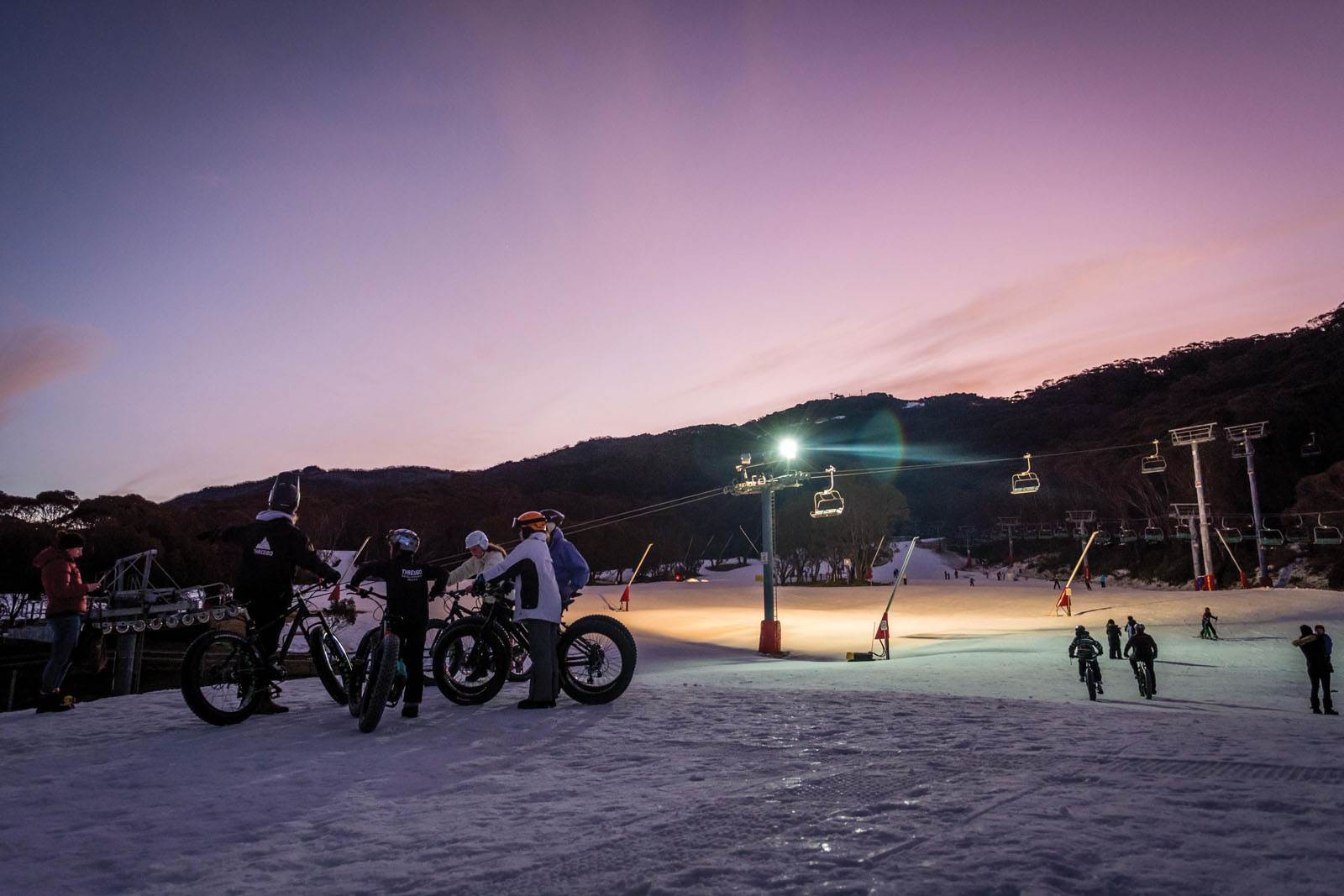
I shouldn’t be that surprised. It’s pitch dark and -20°C this mid-winter’s evening in Canada’s Northwest Territories – specifically the town of Yellowknife (population 20,000). I’m riding a circuit of Grace Lake with Dave Stephens of Borealis Bike Tours Unlimited and I’m wrapped in layers of down, thermals, fleece gloves, heavy boots and have chemical hand warmers in my huge handlebar mittens. I’m rocking a 1400 lumen NiteRider front light on a Kona Wo fat bike, kitted out with Schwalbe Jumbo Jim 4.8” wide tyres on 26” wheels. Dave has a Surly Ice Cream Truck.
Fat bikes have been around since the late 1980s, with most development taking place in North America – although in the last few years their popularity and production have exploded with the number of manufacturers rocketing to nearly a hundred. They were primarily designed for use on snow, soft sand, mud and bogs, but in a place like Yellowknife the residents use them just for getting around town, and riders are increasingly converting to them on the trails year round.
The full-fat experience
If you haven’t ridden one, it’s a quite different experience to a regular mountain bike. For a start, things move a lot slower for the same amount of effort. Uphills are more taxing and you tire quicker, but get a decent downhill and the thrill is just as good. A base of dry, hard-packed snow gives the best conditions for riding, as even in thin powder the wheels will spin madly. That’s why we try to follow the tracks of snowmobiles and cross-country skiers.
In terms of technique, a steady pedalling cadence is important to keep up momentum, and cornering must be done pretty much upright or you’ll find your face in a snowdrift. Most models are fully rigid but conversely you’ll notice the increased bounce in the tyres. On regular packed trails a pressure of 12 psi is recommended, above which traction will suffer (weight should be kept over the rear wheel). But when tackling softer surfaces, like powder, riders deflate as low as 7 psi.

Earlier in the day I was taken to a winter wonderland called Tin Can Hill on the edge of town where bumpy single track threads through snow-laden fir trees. We careened up, down and around the trail network a few times before descending to Great Slave Lake; the enormous body of water on which Yellowknife sits is the 10th largest in the world. The lake freezes over completely every winter and an ice road is groomed that connects the town with faraway First Nations communities and a distant diamond mine. The surface of the lake, covered with a fine dusting of snow, is like a great black mirror and makes for a unique riding experience.
A few weeks later I’m in Whistler, BC, riding another fat bike at Olympic Park, a remnant of the 2010 Vancouver games. Whistler is well-known as a mountain biking destination but the 350km of trails that surround the town are not so rewarding in winter. This is the second snow season that Olympic Park has rented out fat bikes – much to the chagrin of the cross-country skiing community and I am warned to keep away from their perfect grooves. Fortunately there is a brand new dedicated fat bike run, and according to Kristina Holst, Lead of Patrol & Safety, I am probably the first person to ride it.
Back in the saddle
This time I’m on a Norco Bigfoot with a Bionx Power-Assist system, and I immediately appreciate the electric aspect of the bike in my attempts to pedal uphill to the beginning of the run. After 20 minutes of effort I spend roughly 10 enjoying the downhill thrill, struggling to control the beast when it hits soft snow and even getting some air in a couple of places. The management are working on developing more trails specifically for fat bike usage in balance with their ski and snowshoe users, and Kristina gratefully accepts my feedback on the trail from a mountain biking perspective. She’s very enthusiastic about expanding the programme in the future.
Elsewhere in North America and Europe, the scene is varied. There are a few places that, like Whistler, have groomed trails for novice riders but most will not be stimulating enough for your average mountain biker. In terms of proper downhill runs, unfortunately there is almost nowhere in the world currently that will allow bikes down their ski runs in winter. Naturally there are some cool ‘extreme’ fat biking videos out there – but to emulate the likes of Wade Simmons and Brett Tippie you’ll definitely need snowmobile assistance.
EXPLORING AUSTRALIA’S ALPINE RESORTS
Here in Australia the scene is understandably smaller. Our snow, wetter and warmer, is not as suitable for riding and there are limited options if you want to get your fatty on the white stuff. As yet, only the most progressive resorts have opened up to the idea and reports so far are that uptake has been minimal.
Thredbo doesn’t have much in the way of snowy cross-country winter trails but they do offer free fat bike hire and guides during their night skiing sessions on the Friday Flat piste, and hope to have an exhibition event sometime this winter. Mt. Stirling has a few cross-country ski trails that are intermittently open for fat bikes depending on the weather. The riding is more of an introductory nature and interested parties should contact Mt. Stirling ski patrol a day or two before to check conditions.
Falls Creek resort has fat bike rentals at $50/day and five trails on which to ride them at no additional charge, although these are shared with snowshoe users. Optimum temperature for riding here is 2-3°C or below. Mt. Hotham also has 3km of trails set aside for multi-use where you might bump into dog sleds and cross-country skiers. Rentals are available in town. Perisher, Charlotte Pass, Baw Baw and the smaller resorts have no facilities at present.
Want to know more?
A good resource for all things fat: fat-bike.com
Ride in Canada
Yellowknife: borealisbiketours-unlimited.com
Revelstoke: wanderingwheels.ca
Whistler: whistlersportlegacies.com/activities/summer-e-fat-bike-rentals
Ride in Australia
Thredbo: thredbo.com.au
Mount Sterling: mtstirling.com.au
Mt Hotham: mthotham.com.au
Falls Creek: fallscreek.com.au


